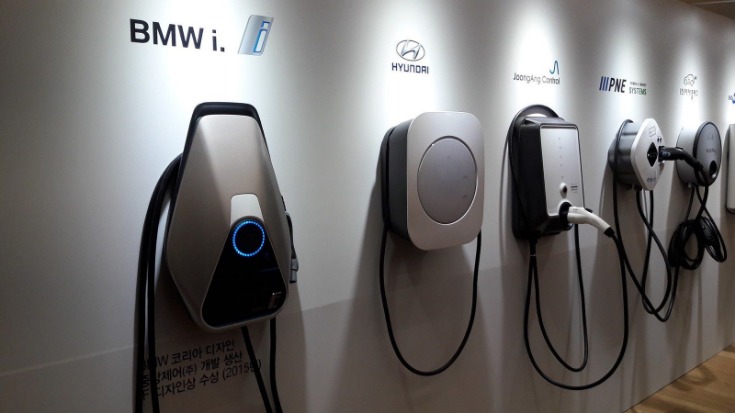In recent years, the rise of electric vehicles (EVs) has been accompanied by a growing need for a reliable and widespread network of EV charging stations. As more drivers make the switch to electric cars, the demand for accessible and efficient charging solutions has never been higher.
Charging Infrastructure
One of the key challenges in the widespread adoption of EVs is the availability of charging infrastructure. Without a robust network of charging stations, EV drivers may face range anxiety and limited mobility. To address this issue, governments, businesses, and utilities are investing in expanding the charging infrastructure. This includes installing public charging stations in urban areas, along highways, and at workplaces.
Fast Charging Technology
One of the most exciting developments in EV charging technology is the advancement of fast charging systems. These systems can recharge an EV’s battery to 80% capacity in as little as 30 minutes, making long-distance travel more feasible for EV owners. Fast charging stations are becoming increasingly common, especially along major highways and in high-traffic areas.
Additionally, wireless charging technology is also on the horizon, allowing EVs to charge simply by parking over a charging pad. This convenience could further streamline the charging process for EV owners, eliminating the need to physically plug in their vehicles.
Accessibility and Equity
As the EV market expands, it is crucial to ensure that EV charging infrastructure is accessible to all communities. This includes rural areas, low-income neighborhoods, and disadvantaged populations who may not have the resources to install private charging stations. Governments and organizations are working to address this issue by providing incentives for the installation of charging stations in underserved areas.
Moreover, efforts are being made to promote equity in EV ownership by offering financial assistance, rebates, and tax incentives to lower-income individuals who wish to purchase an EV. By making EVs and charging infrastructure more accessible to all, we can help reduce emissions, combat climate change, and create a more sustainable transportation system for future generations.
In conclusion, the future of EV charging is bright, with innovative technologies and a commitment to accessibility driving the industry forward. By continuing to invest in charging infrastructure, advancing fast charging technology, and promoting equity in EV ownership, we can pave the way for a cleaner and greener future of transportation.
Read more about EV charging speed here.



